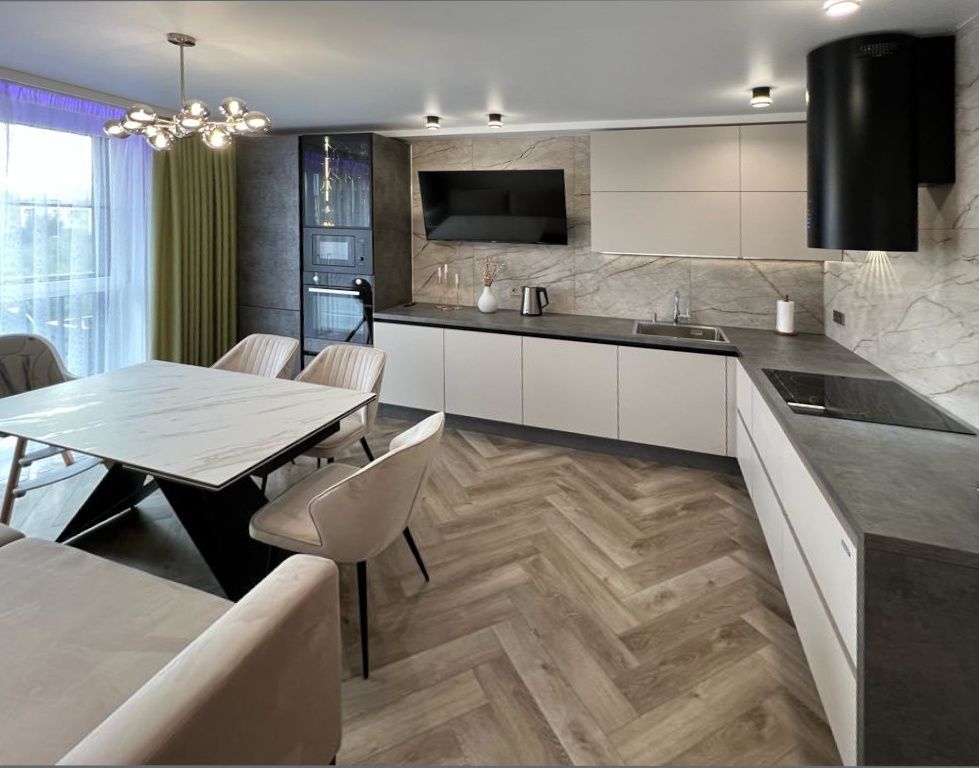
Culinary Spaces, Elevated Design
Introduction to High-End Culinary Design
The art of cooking and the space it inhabits have become increasingly intertwined in the world of high-end design. Culinary spaces are no longer just functional areas for meal preparation; they are a quintessential element of living space design, offering a place for creativity, socialization, and aesthetic appreciation. Elevated design in culinary spaces combines beauty with innovation, creating environments that inspire and delight both home cooks and professional chefs alike.
The Fusion of Function and Style
In an elevated culinary space, every detail is meticulously planned to serve a dual purpose—function and style. The layout is intelligently crafted to streamline the food preparation process while the choice of materials and finishes add a layer of sophistication and durability. From sleek countertops in natural stone or avant-garde composites to state-of-the-art appliances that marry design with technology, these spaces shout modernity and luxury.
Customization and Personalization
Today's high-end culinary spaces are tailored to the individual's needs and preferences. Customization options abound, from bespoke cabinetry to unique lighting fixtures that illuminate the kitchen's features and enhance the atmosphere. Personal touches can be seen in the selection of colors, textures, and design motifs that reflect the homeowner's personality and culinary style.
Integrating Dining and Living
The division between the kitchen and the rest of the home is blurring. Culinary spaces now often extend seamlessly into dining and living areas, fostering a sense of community and openness. This integration encourages interaction and entertainment, with kitchen islands and bar-style seating becoming natural gathering spots for guests and family members.
Tech-Driven Amenities
Technology is a critical component of the modern culinary space, driving both convenience and functionality to new heights. From smart refrigerators that can order groceries to ovens that can be controlled via smartphone, the possibilities are seemingly endless. Advanced tech features also extend to systems like lighting, climate control, and even automated herb gardens, ensuring that the elevated kitchen is at the forefront of innovation.
Sustainability and Health
In addition to luxury and style, there is a growing emphasis on environmental consciousness and wellness in culinary space design. Sustainable materials, energy-efficient appliances, and waste-reduction features are now key considerations. Moreover, design elements that promote health and well-being, such as built-in water filtration systems and ergonomic design, are becoming standard.
Conclusion: The Future of Culinary Design
The future of culinary space design lies in this harmonious blend of aesthetics, functionality, personalization, and technology. As our expectations of culinary spaces continue to rise, design standards will push the boundaries of innovation, ensuring that these spaces are not just areas for cooking, but inspiring hubs of creativity, comfort, and culinary exploration.